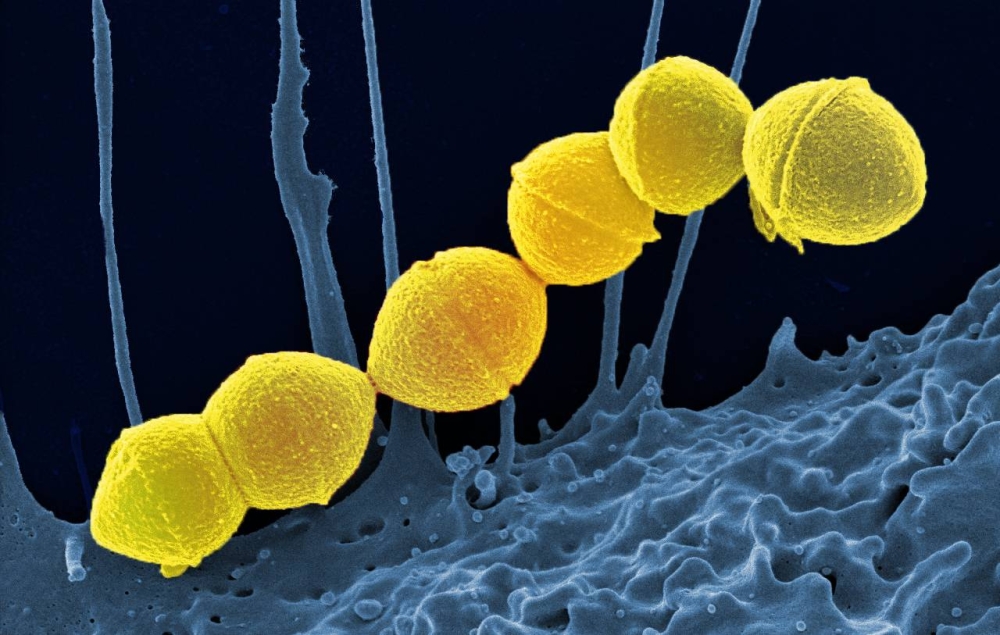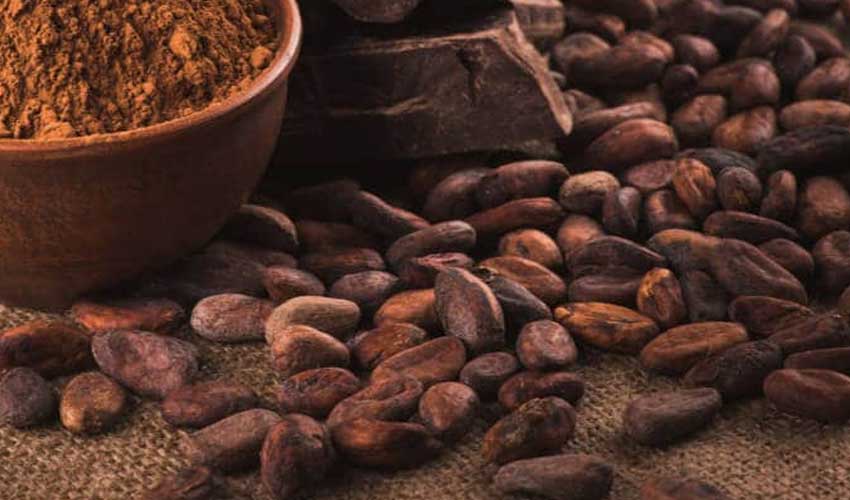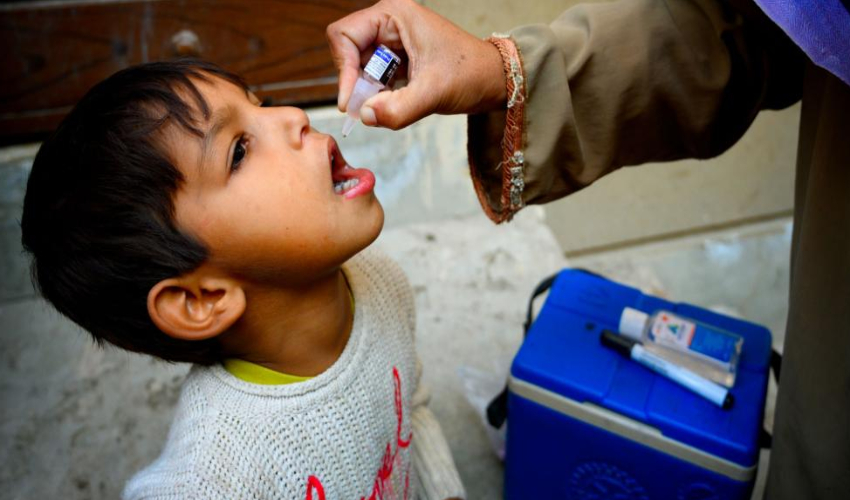The recent surge in streptococcal toxic shock syndrome (STSS) in Japan is concerning, particularly given the context of the relaxation of COVID-19 restrictions.
According to the Japan Times, as of June 2, 2023, there have been 977 reported cases of STSS, surpassing last year's total of 941 cases. The National Institute of Infectious Diseases in Japan has been monitoring this disease since 1999, and the current trend suggests that the country could see as many as 2,500 cases by the end of the year, with a high mortality rate of 30%.
STSS is caused by Group A Streptococcus (GAS), a bacterium that typically leads to milder illnesses such as strep throat in children but can escalate to severe and life-threatening conditions. Severe symptoms include limb pain, swelling, fever, low blood pressure, necrosis, respiratory issues, organ failure, and potentially death. The rapid progression of the disease is particularly alarming; as noted by Professor Ken Kikuchi of Tokyo Women’s Medical University, swelling can develop in the morning and result in death within 48 hours.
The increased vulnerability of individuals over 50 and the swift and severe nature of the disease underscore the need for heightened awareness and preventive measures. Kikuchi emphasized the importance of hand hygiene and the prompt treatment of open wounds. He also pointed out that GAS can be present in the intestines, leading to contamination through faeces if proper hygiene is not maintained.
The rise in STSS cases is not isolated to Japan. In late 2022, several European countries reported increased cases of invasive group A streptococcus (iGAS) diseases, including STSS, to the World Health Organization (WHO). This increase also coincided with the lifting of COVID-19 restrictions, suggesting a potential link between reduced public health measures and the resurgence of infectious diseases.
In light of these developments, maintaining rigorous hygiene practices remains crucial to curb the spread of STSS and protect vulnerable populations.



























